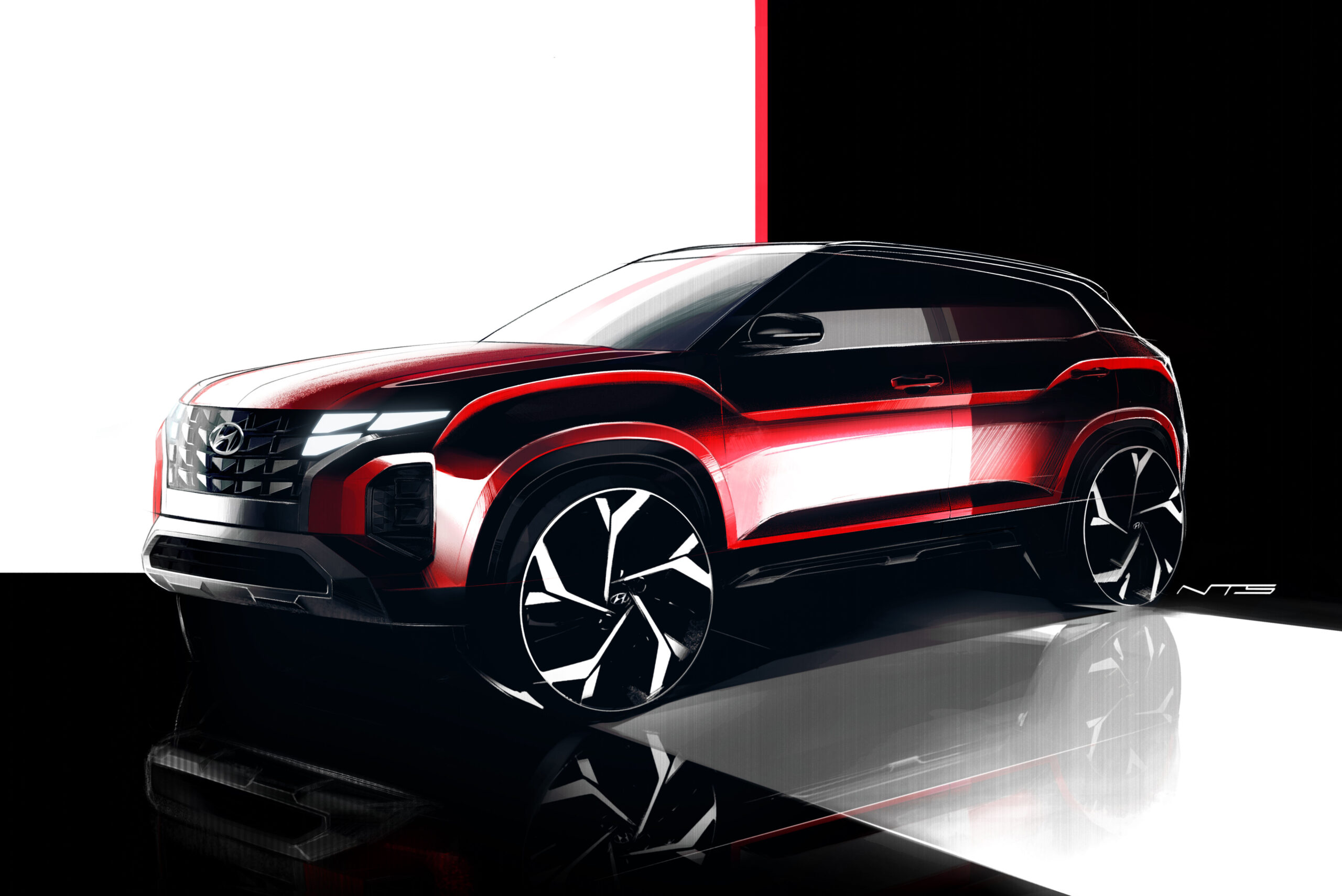Hyundai has consistently pushed the boundaries of automotive design with bold innovations that combine cutting-edge technology, stylish aesthetics, and practical functionality. This article explores Hyundai’s approach to bold car designs, examining key elements, iconic models, market impact, and future directions.
The Evolution of Hyundai’s Approach to Car Designs
Hyundai’s journey in automotive design has been marked by continuous evolution and innovation, reflecting its commitment to staying ahead in a competitive market.
- Early Innovations: Hyundai’s early car designs focused on reliability and affordability, catering primarily to practical consumer needs in South Korea.
- Shift Towards Global Design: As Hyundai expanded globally, it began incorporating international design trends while infusing its cars with a distinct Korean identity.
- Fluidic Sculpture Era: In the early 2010s, Hyundai introduced the Fluidic Sculpture design language, characterized by fluid lines and sculpted surfaces that conveyed a sense of motion and elegance.
- Current Philosophy – Sensuous Sportiness: Hyundai’s current design philosophy, “Sensuous Sportiness,” emphasizes emotional design elements and sporty aesthetics, aiming to evoke passion and desire in consumers.
Key Elements of Hyundai’s Bold Design Approach
Hyundai’s bold design approach is defined by several key elements that distinguish its cars and set them apart in the market.
- Distinctive Styling: Hyundai cars feature bold and dynamic design elements such as the cascading grille, sharp character lines, and futuristic LED lighting signatures, creating a visual impact on the road.
- Technological Integration: Advanced technologies such as touchscreen infotainment systems, driver-assist features (like Hyundai SmartSense), and eco-friendly powertrains (including hybrid and electric options) are seamlessly integrated into Hyundai’s designs, enhancing both functionality and appeal.
- Attention to Detail: Hyundai pays meticulous attention to detail in both interior and exterior design, using premium materials and ergonomic layouts to create luxurious and comfortable environments for drivers and passengers alike.
Also Read : Standing Out: Hyundai’s Unique Car Design Approach
Impact of Hyundai’s Bold Design on the Automotive Market
Hyundai’s bold design philosophy has had a significant impact on the automotive market, influencing consumer preferences and industry trends.
- Consumer Appeal: Hyundai’s innovative and stylish designs appeal to a wide range of consumers, including younger demographics and design-conscious buyers seeking vehicles that reflect their lifestyle and aspirations.
- Market Recognition: Recognition through prestigious design awards such as the Red Dot Design Awards and iF Design Awards underscores Hyundai’s influence and leadership in global automotive design.
- Competitive Edge: Hyundai’s bold designs give it a competitive edge in a crowded market, helping the brand stand out and capture market share amidst fierce competition from other global automakers.
Case Studies of Iconic Hyundai Models
Several iconic Hyundai models exemplify the brand’s commitment to bold and innovative car designs, showcasing its ability to blend style with functionality.
- Hyundai Sonata: The Sonata has been a flagship model known for its striking design language, advanced features, and exceptional driving dynamics, appealing to consumers seeking a blend of performance and elegance.
- Hyundai Tucson: As a popular compact SUV, the Tucson stands out with its bold grille design, sleek profile, and advanced technology offerings, making it a preferred choice among urban commuters and families alike.
- Hyundai Ioniq: The Ioniq lineup, including hybrid and electric variants, exemplifies Hyundai’s commitment to eco-friendly mobility solutions without compromising on style or performance, catering to environmentally conscious consumers.
Future Directions: Hyundai’s Vision for Car Designs
Looking ahead, Hyundai aims to continue innovating in car design, focusing on sustainability, connectivity, and autonomous driving technologies.
- Electric Mobility: Hyundai’s investment in electric vehicles, such as the upcoming Ioniq 7 and E-GMP platform models, underscores its commitment to sustainable mobility solutions that also offer bold design and superior performance.
- Advanced Connectivity: Integration of smart technologies and seamless connectivity features will enhance the overall driving experience, making Hyundai cars more intuitive and responsive to consumer needs.
Conclusion
In conclusion, Hyundai’s bold car designs epitomize innovation, style, and consumer-centricity, setting benchmarks in the automotive industry. From pioneering design languages like Fluidic Sculpture to the current “Sensuous Sportiness” philosophy, Hyundai continues to redefine automotive aesthetics and functionality. As Hyundai looks towards the future, its commitment to creating cars that are not only technologically advanced but also emotionally engaging ensures its position as a leader in global automotive design and innovation.
This article provides a comprehensive exploration of Hyundai’s bold approach to car design, offering insights into its evolution, key design elements, market impact, iconic models, and future directions. It aims to inform and engage readers interested in automotive design trends, innovation, and the strategic positioning of Hyundai in the competitive automotive market.
(source)
Originally posted 2024-07-04 08:41:03.
